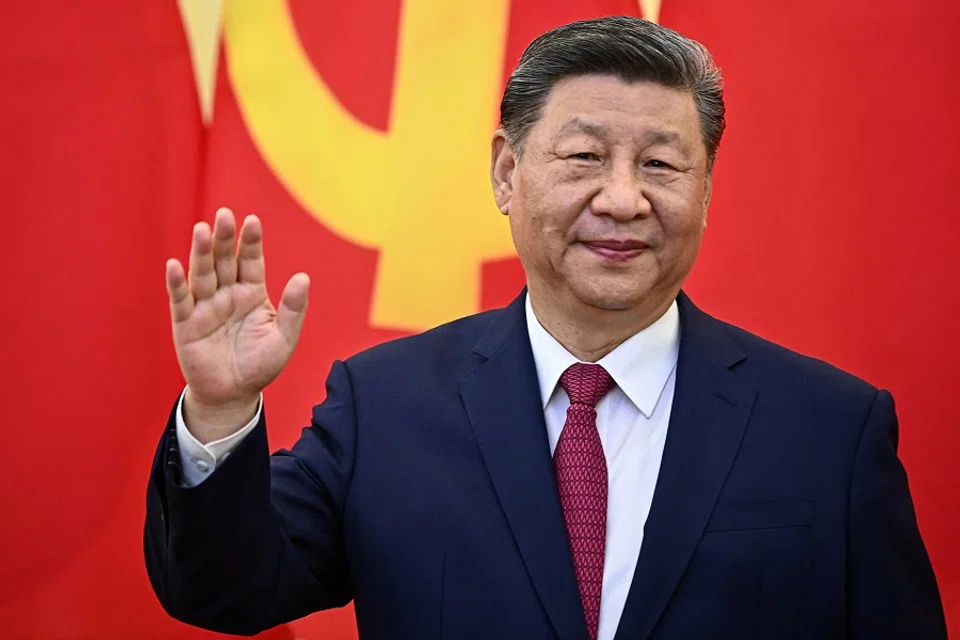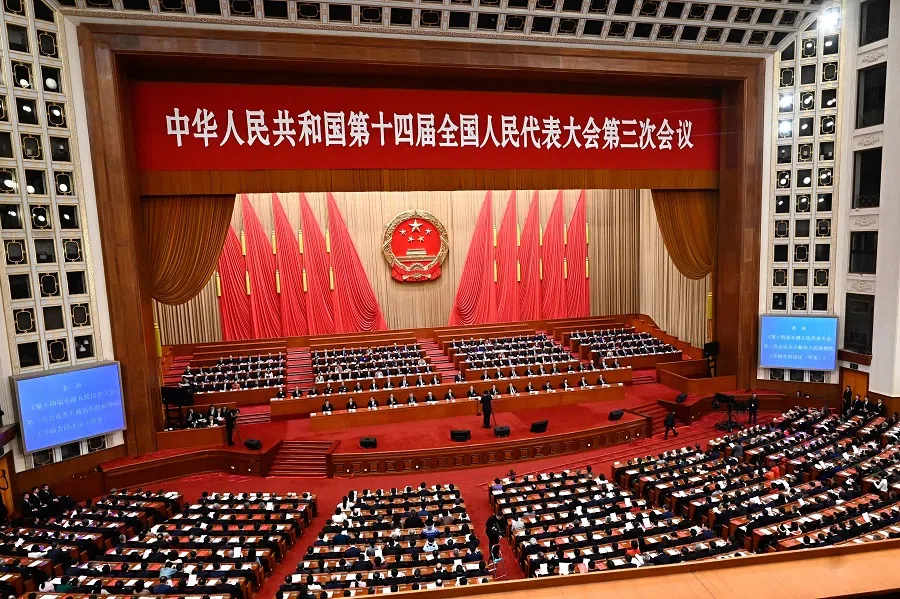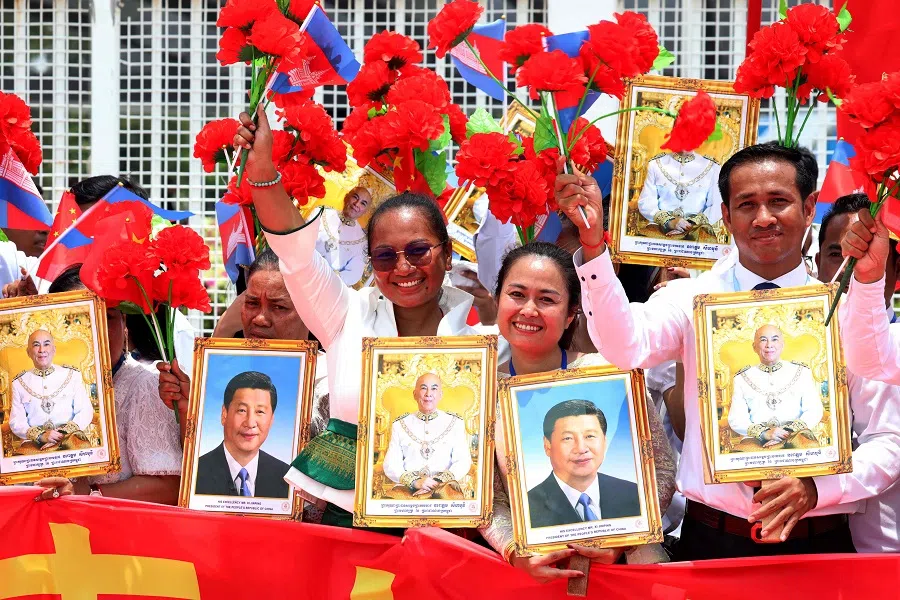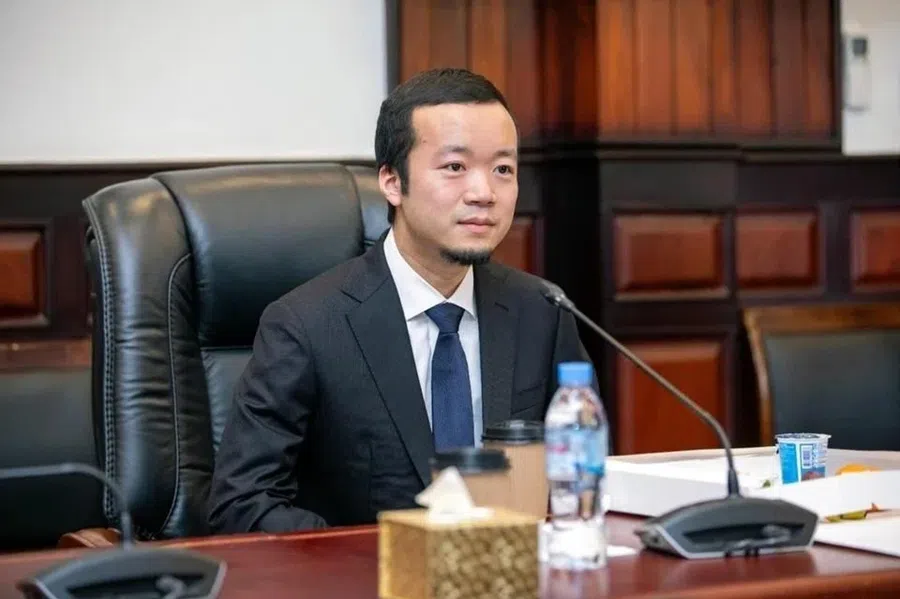China pivots to Southeast Asia in a fragmenting world
The recent work conference held by the Chinese Communist Party addressed issues relating to China’s neighbours, and China’s response to US tariffs. One clue to the significance of the session was the high level of those in attendance. EAI deputy director Chen Gang tells us more.

Amid a fierce US-China trade war, the Chinese Communist Party (CCP) convened a key diplomatic meeting — the Central Conference on Work Related to Neighbouring Countries — on 8-9 April. This conference signals China’s strategic recalibration in response to Trump’s aggressive tariff tactics, focusing on building regional consensus and exploring new economic and diplomatic pathways. Crucially, it offers insights into how the CCP might respond to a potential second Trump term.
The conference drew significant attention due to the high-profile attendees. Premier Li Qiang presided over the meeting, with all seven members of the Politburo Standing Committee (PSC) and Vice-President Han Zheng in attendance. General Secretary Xi Jinping delivered a key speech, and Foreign Minister Wang Yi provided the concluding remarks.
The presence of such senior officials, especially so soon after the high-level discussions at the Two Sessions in March, where key decisions and tasks for the year were outlined, underscores the atypical nature and importance of this central foreign affairs conference.
China feeling its way
The conference was likely convened in response to Trump’s reciprocal tariffs imposed on various countries beginning in April. At that time, China had just announced countermeasures to increase tariffs on the US, which had not yet been formally implemented.
The sudden escalation of the China-US trade war left both domestic and international communities grappling with uncertainty. Trump’s tariff policy was not aimed solely at China, and would have significant implications for countries worldwide — particularly China’s neighbouring economies.
Against this backdrop, the high-level convening of the Central Conference on Work Related to Neighbouring Countries is targeted at forging a consensus, seeking breakthroughs in regional diplomacy and trade to counter Trump’s aggressive foreign and economic policies.
Diplomatic engagement with the US has long been central to China’s foreign policy, as a positive China-US relationship fosters a peaceful and stable international environment conducive to China’s economic development.

Although China’s leadership has experience dealing with Trump’s administration during his first term and reached the first phase of a trade agreement between the two countries in 2020, it still needs time to understand and adapt to the unconventional and assertive style of Trump’s second term.
During the Two Sessions, as Trump’s tariff and foreign policies were still unfolding, representatives struggled to reach a consensus on countermeasures. The primary focus of the meetings was to establish economic targets and plans for the year, leading to concerns that a strong response to the US might jeopardise these economic growth objectives. This situation likely contributed to divisions and debates within the Two Sessions.
The conference was convened in response to Trump’s increasingly clear tariff policy towards China, with the primary aim of recalibrating diplomatic efforts to address the evolving international landscape. This allowed the conference to concentrate more on formulating countermeasures.
In addition to party and state leaders, including Politburo members, key personnel from foreign-related departments also participated. This large-scale gathering aimed to build consensus for issuing strategic directives.
Focus of diplomacy to shift to surrounding regions
At the beginning of the 21st century, the Chinese government adopted a foreign relations principle emphasising “securing good relations with major powers while placing emphasis on the immediate periphery, with developing countries being the foundation and multilateralism a key platform”.
Although neighbouring regions were designated as the primary focus of Chinese diplomacy, in practice, relations with major powers like the US took precedence. Diplomatic engagement with the US has long been central to China’s foreign policy, as a positive China-US relationship fosters a peaceful and stable international environment conducive to China’s economic development. This focus intensified after China’s accession to the World Trade Organization (WTO) in 2001, when the US emerged as a key market for Chinese exports and a vital source of advanced technology.
If Trump’s tariffs on China remain high, China’s existing trade surplus could shrink further, exacerbating the situation for export-dependent industries and accelerating the existing manufacturing offshoring.
However, since Trump’s first presidency in 2016, US-China relations have deteriorated dramatically, with no significant improvement even during former US President Joe Biden’s four years in office. Upon Trump’s return to the White House, he further used unilateral economic measures to directly pressure China; appointed Marco Rubio, who has been sanctioned by China, as Secretary of State; and maintained a hardline stance on issues such as the Panama Canal.

Although Trump has extended several goodwill gestures towards China after taking office, he resorted to a strategy of maximum pressure after failing to initiate negotiations as expected, slamming tariffs on China and extending them to almost all countries, particularly developing economies absorbing relocated segments of China’s industrial chain.
In summary, China-US relations are facing even greater challenges. If Trump’s tariffs on China remain high, China’s existing trade surplus could shrink further, exacerbating the situation for export-dependent industries and accelerating the existing manufacturing offshoring. This could severely impact China’s ability to achieve its growth target of around 5%.
China’s likely response
Against this backdrop, the Central Conference on Work Related to Neighbouring Countries reiterated the principle of “amity, sincerity, mutual benefit and inclusiveness” in neighbourhood diplomacy to address the prospect of a continued downward spiral in US-China relations and a decline in exports to the US. Faced with Trump’s unpredictable and aggressive posture, China is likely to avoid direct confrontation, opting instead to focus on surrounding regions and countries as diplomatic breakthroughs, further enhancing economic, trade and people-to-people exchanges with its neighbours.
The conference also advocated for the building of a “community with a shared future with neighbouring countries”, highlighting the interconnectedness of security and development. This indicates that neighbourhood diplomacy has become a core priority of China’s foreign policy. Building a community with a shared future for mankind is a key tenet of Xi’s diplomatic thought, while the proposition of a “community with a shared future with neighbouring countries” signifies a shift in Xi’s diplomatic focus from major power relations and countries along the Belt and Road Initiative to China’s neighbours.
Southeast Asia is likely to be a top priority for China’s neighbourhood diplomacy in the future.

China’s neighbouring regions can be broadly divided into four areas: Southeast Asia, Northeast Asia, South Asia and Central Asia. For China, these regions represent both enormous economic and trade potential, as well as certain security concerns and hotspots.
Following the Central Conference on Work Related to Neighbouring Countries, more diplomatic, economic, and security resources will be directed towards these regions. At the same time, on hotspot issues such as the South China Sea and the China-India border, China may adopt more flexible strategies to avoid escalating conflicts and affecting relations with neighbouring countries.
Shortly after the conference, Xi embarked on his first overseas tour to the neighbouring Southeast Asian countries of Vietnam, Malaysia and Cambodia. This reflects that Southeast Asia is likely to be a top priority for China’s neighbourhood diplomacy in the future. These three countries have been severely impacted by Trump’s reciprocal tariffs, while also experiencing rapid growth in their relationships with China in recent years.
Southeast Asia plays a crucial role in China’s export strategy, having surpassed the US to become China’s largest trading partner, with Vietnam and Malaysia being two of the most important export markets to China within Southeast Asia. The Chinese president’s personal engagement in neighbourhood diplomacy might sway the countries’ resolve to reach a compromise with the US on tariffs.
This article was first published in Lianhe Zaobao as “中共中央周边工作会议召开的意义”.





